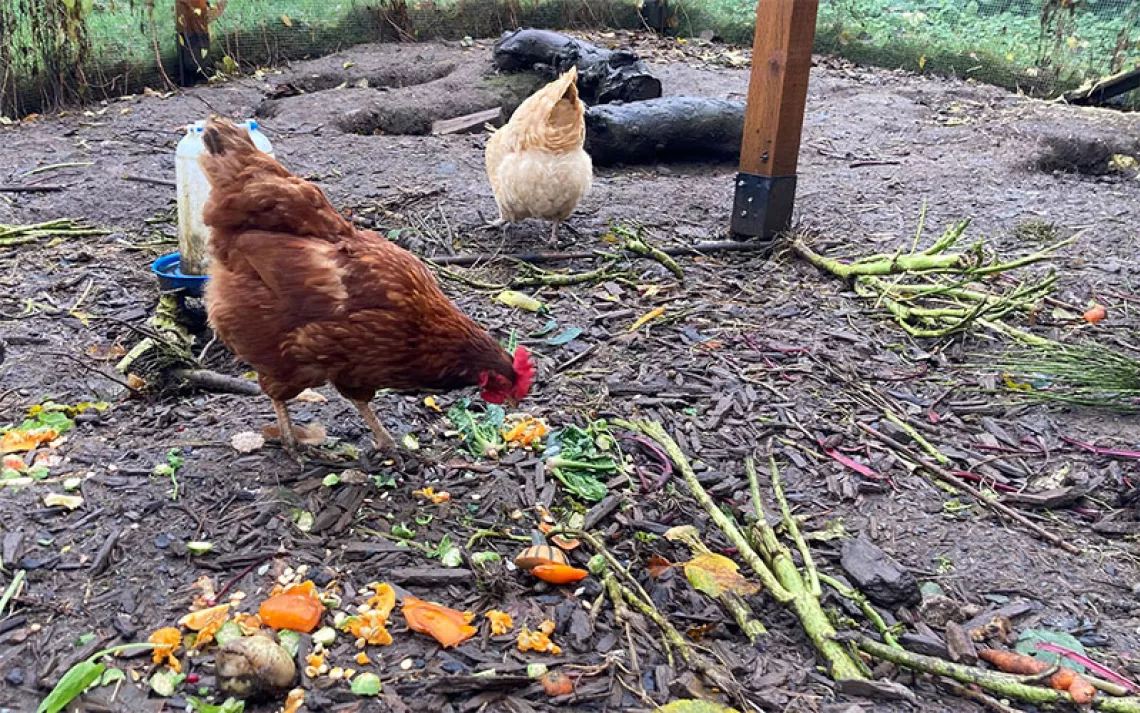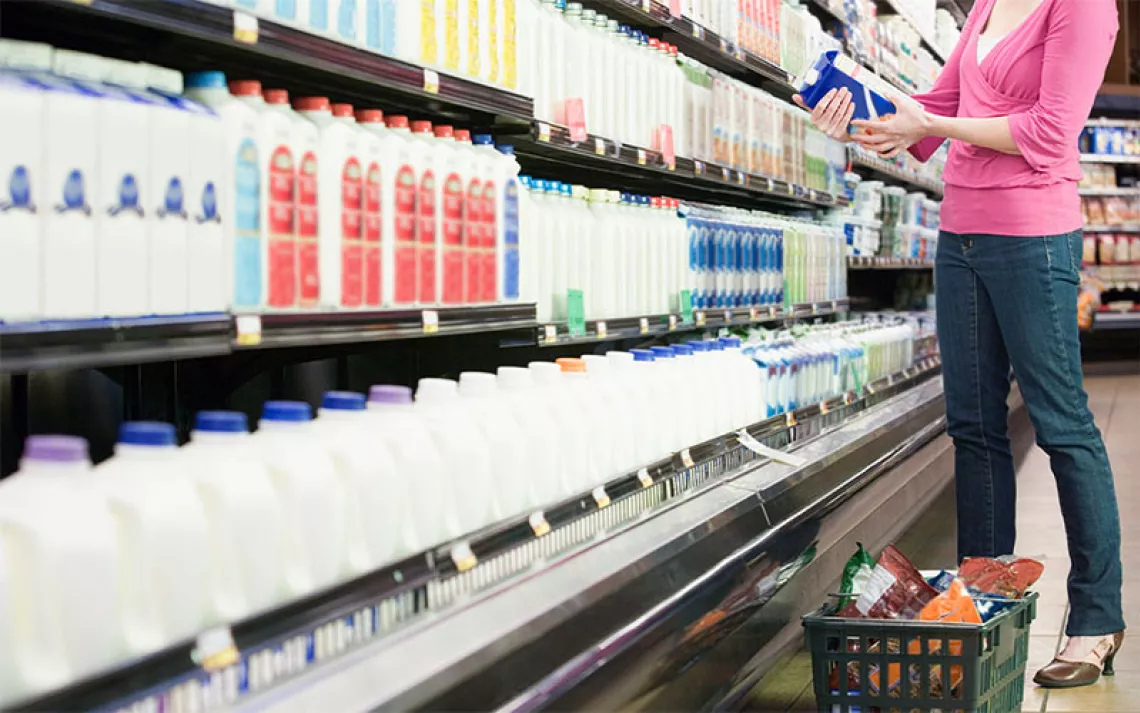9 Ways to Drink Coffee Conscientiously
Minimize your morning Joe’s toll on the planet
Like much of modern trade, the coffee industry has a complicated record when it comes to environmental impacts. Coffee’s journey from the trees of Ethiopia or Brazil to your local cafe is long and undeniably polluting, from the cargo ships that transport the green beans to our shores, to the gas and electricity used to roast, grind, and brew your favorite drink, to the huge amount of landfill waste generated by the average coffee shop.
At the same time, coffee does some tangible good. Coffee trees and their shade crops provide protection for migrating birds and serve as carbon sinks. Oftentimes, schools and hospitals are built with proceeds from green coffee sales. And coffee shops have become important community assets—as meeting halls, organizing spaces, and art galleries.
So what’s a coffee-loving consumer to do? Enormous conglomerates are the main eco-culprits. You can’t personally control the intricacies of the global coffee trade. Still, there are a few simple ways to mitigate your own contribution and feel a bit better about that morning buzz.
1. Buy local, buy small, ask questions.
If you’re a home coffee brewer, this is one of the simplest and most effective ways to decrease your coffee footprint. Instead of picking up whatever happens to be on sale at the grocery store, seek out your local coffee roaster and talk to them. Ask questions, see how they work, and find out what they’re doing to reduce their waste or energy usage. (Most roasters will also let you bring in your own container, which negates the need for a difficult-to-recycle bag.)
And while you’re buying local, buy small. Purchase what you need, use it up, and buy more—this will cut down on your own waste and allows you to enjoy fresher, better-tasting coffee.
2. Invest in a decent to-go cup.
Speaking of difficult-to-recycle, did you know that Starbucks alone used nearly 4 billion disposable cups in 2017? Because of the thin plastic lining that keeps them from leaking, disposable coffee cups are incredibly hard to recycle. So why not invest in a reusable, insulated to-go cup? As a bonus, you might save some money—most cafes offer a discount to customers who use their own cups.
3. Or better yet, enjoy your coffee in the cafe.
Take 10 minutes to quietly sit and enjoy your latte. Contemplate the taste, gaze out the window, people-watch, listen to the music, and soak in the atmosphere. It’s meditative and also saves a disposable cup.
4. Use your strength.
A hand grinder and manual lever espresso machine probably make for the cheapest and most environmentally friendly tools to make cafe-style coffee at home. Completely manual espresso machines are improving all the time—Fellow Products even sells an attachment that can be used with the AeroPress coffee maker that simulates the espresso experience—meaning you can, theoretically at least, savor a delicious, concentrated caffeine jolt while wearing your pajamas. And simply using a manual pour-over brewer like the Chemex or Kalita Wave is better than an electric drip machine, which wastes a lot of electricity (and tends to produce relatively sub-par coffee).
5. Brew manually, or cold brew.
Not only is making a pour-over in the morning a peaceful, meditative act, but if you follow some simple rules—only boil the water you need, only make what you will drink—it can be eco-friendly as well. Using a cloth or metal filter removes another wasteful element, as most paper filters are made with harsh chemicals (although it is possible to buy unbleached versions).
If you don’t want to boil a kettle and don’t mind waiting, then cold brew might be the way to go (here’s a good, simple recipe). Simply grind your coffee coarse, let it steep overnight, and you end up with delicious, concentrated black magic. Dilute to taste, store the rest in the fridge, and you’re set up for the next week or so.
6. Mind plastic waste—mindfully.
The past couple of years have seen a huge uptick in bans of plastic straws, which are very difficult (if not impossible) to recycle, and tend to end up in landfills or polluting our waterways, where they wreak havoc on marine life. Accordingly, many coffee companies have opted to swap them out for paper or metal alternatives (or to simply not offer straws).
However, plastic straws can be vitally important for people with disabilities, who often rely on the flexibility of movement that paper or metal straws just can’t afford.
The issue of plastic waste in the coffee supply chain is a big one, but it’s also worth looking at other, bigger culprits—disposable cups, coffee bags. That being said, if you don’t need a straw, don’t use one.
7. Say no to plastic and wooden stirrers.
The humble spoon has been in use since at least ancient Egyptian times, so there’s no need to use a throwaway alternative. If you’re making coffee at home or at the office, simply add your creamer first. If your favorite coffee shop uses them, consider bringing the issue up with a manager, and ask if they’d consider sourcing reusable options.
8. Upcycle your grounds.
Used coffee grounds are great for your compost—they’re basically pH-neutral and are an excellent source of nitrogen. If you don’t have a compost or municipal service, just sprinkle the grounds in your garden or even on the lawn. And if you’re feeling especially ambitious, coffee grounds make for a great body scrub or addition to homemade soap.
9. Drink your coffee black.
Hopefully, the coffee you’re drinking is tasty enough on its own. The goal all specialty coffee roasters share, after all, is to have their product stand on its own without the need for cream or sugar—allowing the end consumer to taste the nuance and quality contained within.
Keep in mind, the industrial dairy farming industry has a huge carbon footprint. Even if your favorite cafe uses a sustainable milk source, the reality is that cows equal methane, which equals global warming. So, try your coffee black—you might even like it better that way.
 The Magazine of The Sierra Club
The Magazine of The Sierra Club




